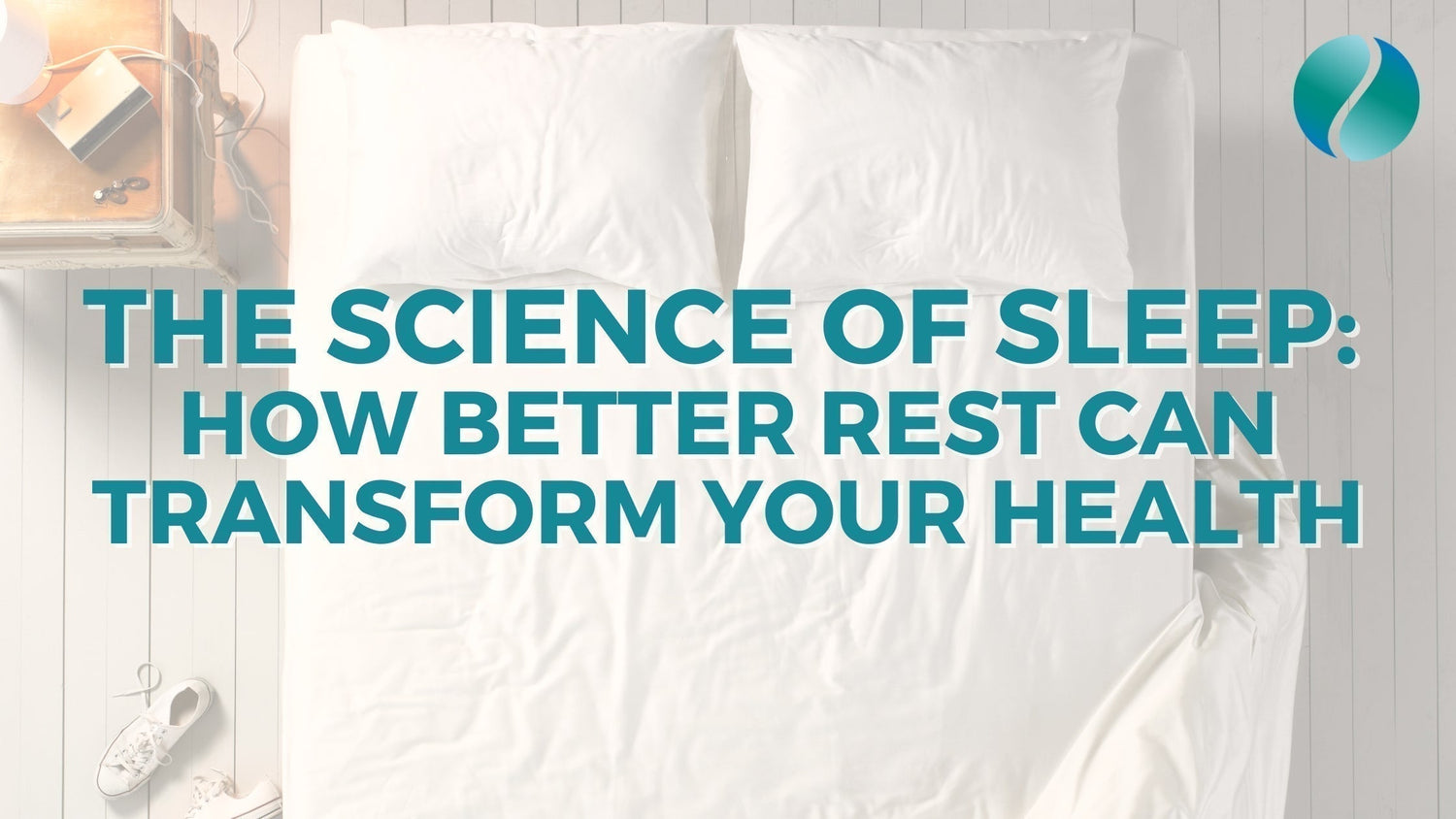Every moment of the day, we unknowingly come into contact with invisible threats—toxins that lurk in the food we eat, the water we drink, and the air we breathe. While these hidden dangers may feel overwhelming, taking control of your health starts with knowledge.
From pesticides in produce to chemicals in our water supply and airborne pollutants in our homes, this blog will guide you through simple, practical steps to minimize exposure and create a safer, healthier environment for you and your loved ones. Let's dive in and start transforming your daily life—one clean breath, bite, and sip at a time.
Ready to take control of your toxic load and protect your health?
Discover how the Foundations Program can guide you through practical steps to reduce toxins and improve your overall well-being. With expert-led modules on nutrition, hydration, and detoxification, this program empowers you to live a healthier, toxin-free life.
Learn More About the Foundations Program Now>>
Toxins in Food
The food we consume is often a significant source of toxin exposure, especially when it comes to pesticides, chemicals, and additives in processed foods. Conventionally grown fruits and vegetables are commonly treated with synthetic pesticides and fertilizers that leave residues on the produce.[1] These residues can accumulate in our bodies over time, potentially leading to various health problems.

To reduce toxin exposure from food:
- Choose Organic: Whenever possible, opt for organic produce, which is grown without synthetic pesticides or chemical fertilizers. If cost is a concern, prioritize buying organic versions of the "Dirty Dozen" fruits and vegetables, as identified annually by the Environmental Working Group (EWG).
- Avoid Processed Foods: These often contain harmful preservatives and additives. Additionally, their packaging, typically plastic, can leach chemicals like Bisphenol A (BPA) into the food. Choose fresh, whole foods and prepare meals from scratch to minimize exposure.
Toxins in Water
Water is essential to life, but it can also be a source of toxins if it's contaminated. Depending on where you live, tap water can contain a variety of pollutants, including chlorine, heavy metals like lead and mercury, and even traces of pharmaceuticals.[2] Drinking bottled water is not necessarily a safer option, as plastic bottles can leach harmful chemicals into the water, particularly when exposed to heat.

To ensure cleaner drinking water:
- Use Water Filters: A high-quality water filter can remove many common contaminants. Filters range from simple pitcher designs to advanced reverse osmosis systems, depending on your needs.
- Avoid Plastic Bottles: These can leach chemicals into the water, especially when exposed to heat. Consider using glass or stainless steel bottles instead.
Improving Air Quality
Air quality, both indoors and outdoors, is another major factor in daily toxin exposure. Outdoor air pollution, often caused by vehicle exhaust and industrial emissions, contains a variety of harmful toxins that can affect respiratory health.[3] However, indoor air quality is often worse than outdoor air due to the presence of toxins from furniture, cleaning products, and even household items like carpets and paints that emit volatile organic compounds (VOCs).
To improve air quality:
- Use Air Purifiers: These devices can filter out pollutants and allergens. For areas with high outdoor pollution, they can significantly improve indoor air quality.
- Ventilate: Regularly open windows to allow fresh air to circulate and dilute indoor pollutants.
- Introduce Plants: Certain plants like snake plants and peace lilies can naturally improve indoor air quality by absorbing toxins.[4]

Practical Tips for Reducing Toxins
Reducing toxin exposure in your everyday life may seem overwhelming, but small, manageable steps can make a big difference. Here are some practical tips to get you started:
Food:
- Prioritize buying organic versions of the "Dirty Dozen" fruits and vegetables and eat seasonally when you can.
- Opt for fresh, whole foods over processed items to avoid additives and chemicals.
- Use glass or stainless steel containers instead of plastic for food storage.
Water:
- Invest in a good water filter suited to your specific needs, such as a pitcher filter or reverse osmosis system.
- Avoid drinking from plastic bottles, especially if exposed to heat.
Air:
- Improve indoor air quality by using air purifiers and ventilating your home regularly.
- Add indoor plants that naturally filter air, such as peace lilies or snake plants.
- Limit outdoor exposure on days with high air pollution and use air purifiers to mitigate the impact.
While it may seem challenging initially, implementing small changes in your daily routine can lead to significant benefits over time. By making informed choices, such as choosing organic produce, filtering your water, and improving air quality at home, you can protect yourself and your family from the harmful effects of everyday toxins.
Take Control of Your Health
The Foundations Program offers in-depth guidance on reducing toxins and improving your wellness from the inside out. With lifetime access to expert-led modules, you'll gain the tools and strategies to make lasting changes.
Explore the Foundations Program Here>>
Resources:
[1] Brial, François, and Xavier Coumoul. “Pesticides : ce qui est connu ou suspecté de leur action délétère sur la santé” [Pesticides : what is known or suspected about their harmful effects on health]. La Revue du praticien vol. 71,7 (2021): 747-751.
[2] Milovac, Thomas. “Pharmaceuticals in the Water: The Need for Environmental Bioethics.” The Journal of medical humanities vol. 44,2 (2023): 245-250. doi:10.1007/s10912-022-09774-x
[3] Canagaratna, Manjula R et al. “Evolution of vehicle exhaust particles in the atmosphere.” Journal of the Air & Waste Management Association (1995) vol. 60,10 (2010): 1192-203. doi:10.3155/1047-3289.60.10.1192
[4] Wolverton, B. C. (July 1989). "A study of interior landscape plants for indoor air pollution abatement: An Interim Report" (PDF). Retrieved 3 May 2020.





